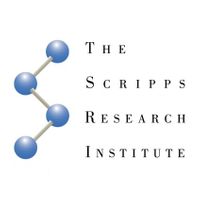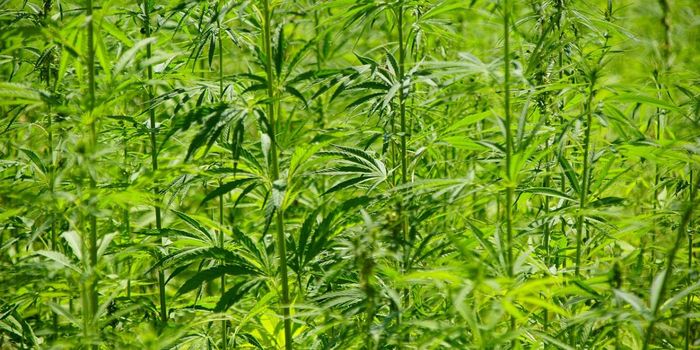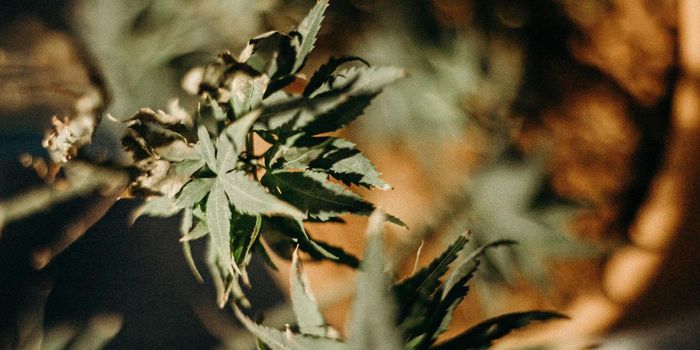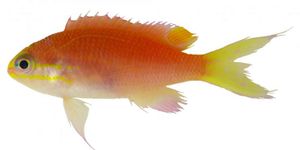TSRI Scientists Take Step Toward Mapping How the Brain Stores Memories
LA JOLLA, CA – January 3, 2017 – A new study led by scientists at The Scripps Research Institute (TSRI) sheds light on how the brain stores memories. The research, published recently in the journal eLife, is the first to demonstrate that the same brain region can both motivate a learned behavior and suppress that same behavior.
“We behave the way we do in a specific situation because we have learned an association—a memory—tying an environmental cue to a behavior,” said Nobuyoshi Suto, TSRI Assistant Professor of Molecular and Cellular Neuroscience, who co-led the study with TSRI Professor Friedbert Weiss and Bruce Hope, a principal investigator at the National Institutes of Health’s National Institute on Drug Abuse. “This study provides causal evidence that one brain region can store different memories.”
Scientists know that our memories are stored in specific areas of the brain, but there has been some debate over whether a single brain region can store memories that control opposing behaviors. For example, can the same region store the meanings of red and green traffic lights—the memories that make a driver stop a car at a red light, then hit the gas pedal at a green light?
Suto’s research focuses specifically on the brain circuits that control motivation. In the new study, he and his colleagues set out to examine how rats learn to press levers to get sugar water—and where they store those motivational memories.
The researchers first trained the rats to press a lever to get sugar water. The researchers then trained the rats to recognize two colored lights: one signaling the availability of sugar reward, and the other signaling the omission of this reward. As a consequence, the animals learned to change their behavior in response to these cues: the cue signaling availability promoted the lever-pressing, while the cue signaling omission suppressed this reward-seeking behavior.
Based on previous electrophysiology studies, Suto and his colleagues speculated that memories associated with these two lessons were both stored in a region of the brain called the infralimbic cortex.
“We’ve seen correlational evidence, where we see brain activity together with a behavior, and we connect the dots to say it must be this brain activity causing this behavior,” said Suto. “But such correlational evidence alone cannot establish the causality—proof that the specific brain activity is directly controlling the specific behavior.”
So scientists took their experiment a step further. Using a pharmacogenetics approach, the researchers selectively switched off specific groups of brain cells—called neural ensembles—that react to select cues signaling either reward availability or reward omission.
The experiments demonstrated that distinct neural ensembles in the same region directly controlled the promotion of reward-seeking or the suppression of that behavior. Without those neurons firing, the rats no longer performed the behavior motivated by the memories in those ensembles. At last, the scientists appeared to prove the causality.
Suto called the findings a step toward understanding how different memories are stored in the brain. He said the research could also be relevant for studying which neurons are activated to motivate—and prevent—drug relapse. He said he’d next like to look at what other regions in the brain these infralimbic cortex neurons may be communicating with. “Brain regions don’t exist in a vacuum,” he said. In addition, he also would like to determine the brain chemicals mediating the promotion or suppression of reward seeking.
In addition to Suto and Weiss, authors of the study, “Distinct memory engrams in the infralimbic cortex of rats control opposing environmental actions on a learned behavior,” were co-first author Amanda Laque (a joint post-doctoral fellow in the Weiss/Suto labs), as well as Genna De Ness, Grant Wagner, Debbie Watry and Tony Kerr of TSRI; Eisuke Koya of the University of Sussex; and Mark Mayford of the University of California, San Diego.
This study was supported by extramural and intramural funding from National Institute on Drug Abuse as well as National Institute of Alcohol Abuse and Alcoholism, National Institutes of Health (grants R21DA033533, R01DA037294, R01AA023183, 344 R01AA021549 and ZIADA000467). Laque was supported by a Ruth L. Kirschstein Institutional National Research Service Award from the National Institute of Alcohol Abuse and Alcoholism (grant T32AA007456).
This article was originally published on Scripps.edu.









